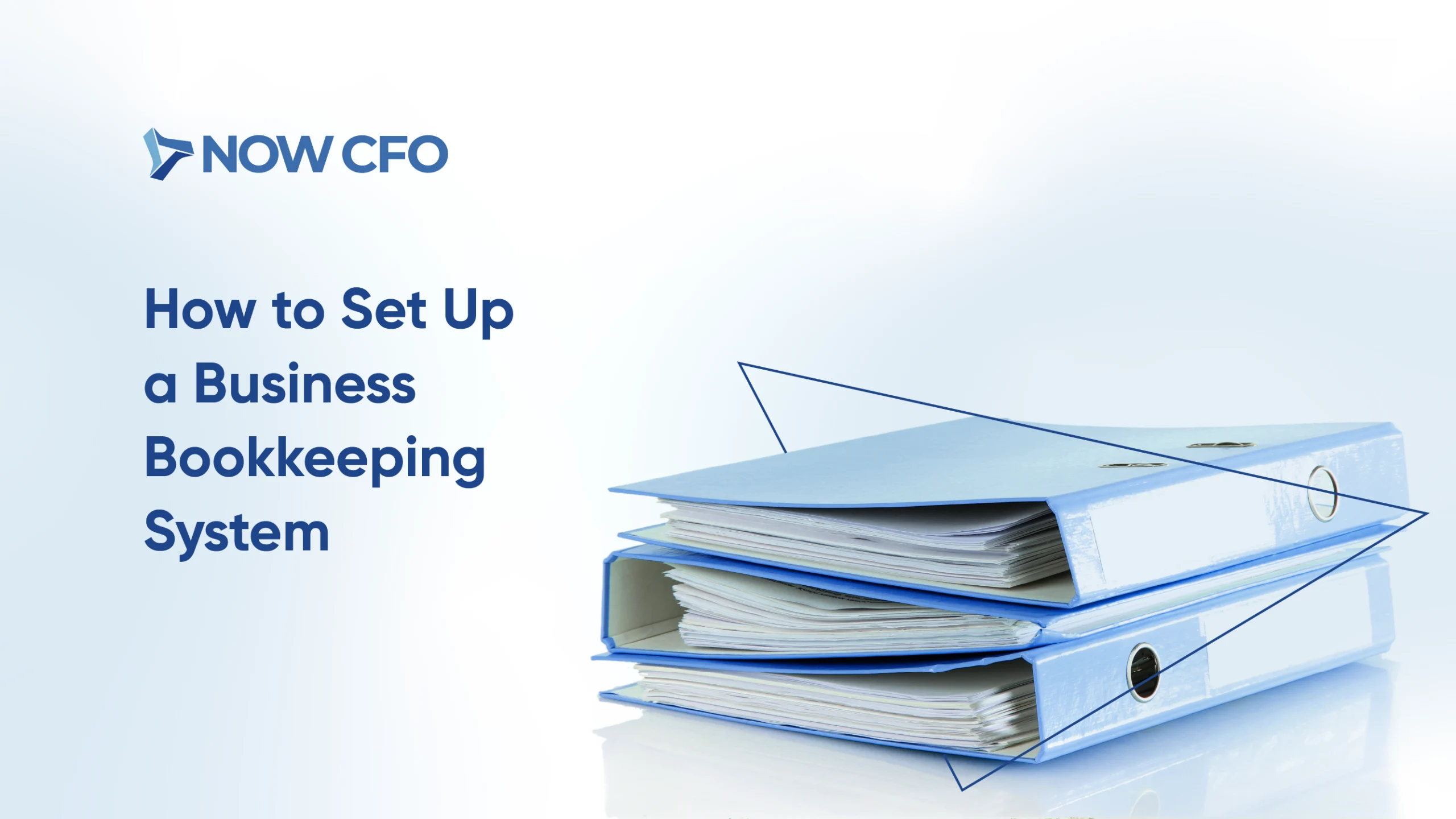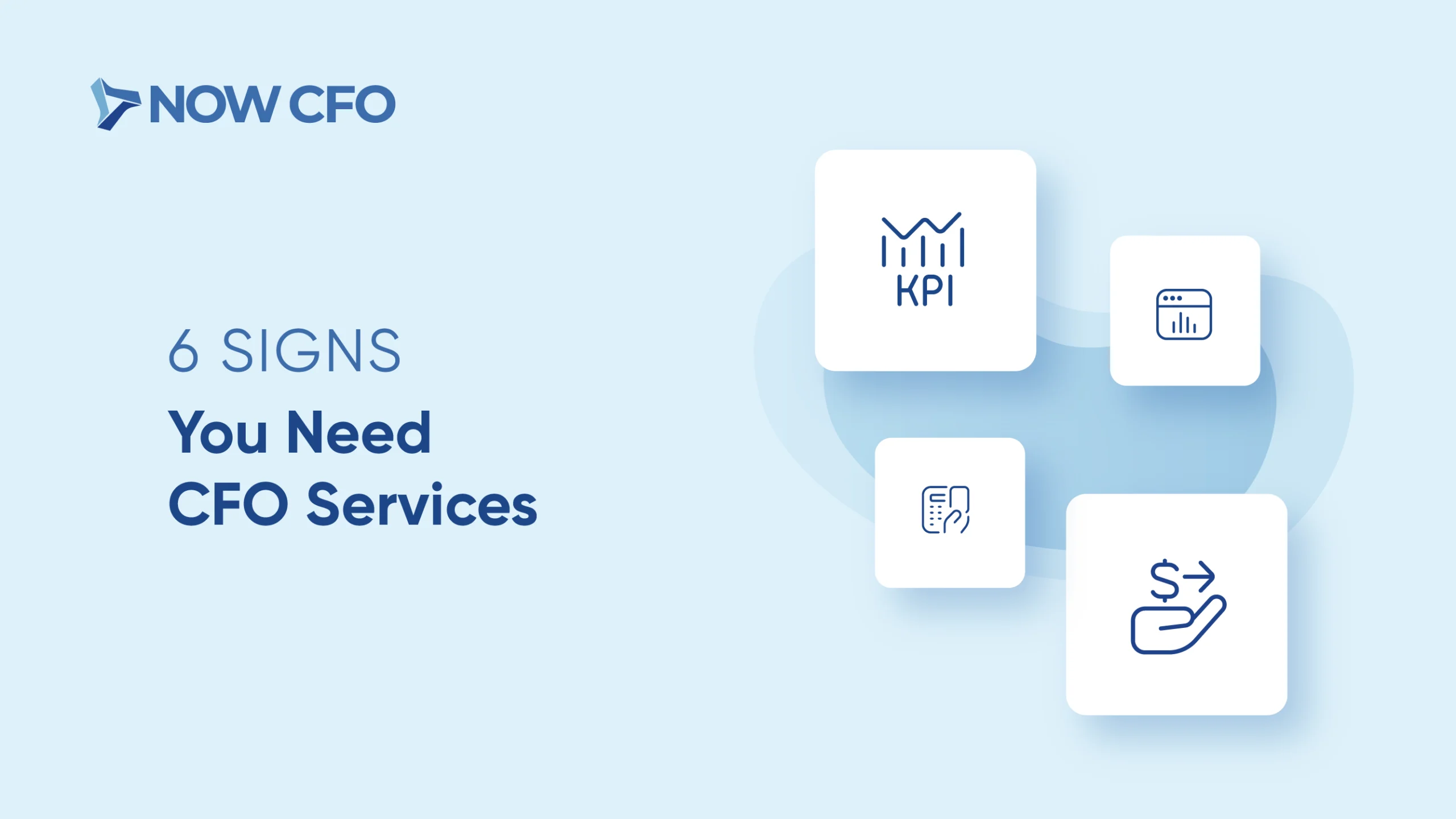
Previously, we addressed how businesses can maintain their profit margins when experiencing growth. After the recent economic instability, however, not every company finds itself in a position to expand. If business is slow, it is just as important to protect profit margins. Your profit margin is a critical business metric that should always be on your radar, as it informs how profitable the business is and whether pricing models are working in your favor. If your business is currently in a period of decline, we suggest the following proactive measures to take with the objective of protecting your profit margins.
Understand Your Cost Structure
The cost structure is the aggregate of both the fixed and variable costs within a business. Though the cost structure applies to all costs incurred by a business, it can be broken down into smaller units, such as by product, service, region, or department.
Having a strong understanding of your cost structure is crucial to maintaining profit margins. The cost structure allows you to reduce overall expenses, as well as to set the pricing for your products and services. You essentially cannot maximize profits without first knowing what your expenses are and being able to allocate those expenses to the correct cost objects.
Additionally, you can alter your competitive posture by impacting your cost structure. For example, if you decide to outsource the functions of one department to a service provider that bills hourly, you eliminate a fixed cost to a variable cost. This lowers your break-even point, allowing you to earn profit at a lower level of sales.
Implement Metrics to Measure Profitability
You can’t work to improve your profit margins without first having visibility into what they are, which is why implementing measurement metrics is crucial. Profitability ratios are some of the most effective metrics when it comes to profitability analysis. Common ratios include:
- Profit ratios, such as gross margin, operating margin, and net profit margin. They measure how much a company makes after accounting for cost of goods sold, the percentage of sales left after covering COGS and operating expenses, and a company’s ability to generate earnings after all expenses, respectively.
- Return ratios, which demonstrate the business’ ability to generate returns to its shareholders. This could include return on assets, return on equity, return on debt, or return on invested capital.
Monitor Expense Levels
Tracking your expense levels is necessary to not only manage profitability, but also to keep an eye on cash flow and maximize business tax deductions. Though many small businesses choose to track expenses in Microsoft Excel, you can opt to invest in an accounting software to more accurately monitor business activity. Consider dividing and analyzing expenses in the following categories:
- Fixed expenses, such as mortgages, insurance, salaries, and rent.
- Variable expenses, such as utilities, inventory, and commissions.
- Period expenses, which occur at regular intervals, but usually only for part of the year, or at set points throughout the year. This could be a subscription cost or software renewal.
- Interest, which can be fixed or variable.
- Depreciation, which can help you calculate the ROI on replacing major items, and is also tax-deductible.
Closely monitoring your expenses can similarly help you identify areas to cut back as needed, such as old employee accounts, unused subscription services, or high costs that can be negotiated down. This area is a difficult one for business owners to make decisions, which is why it can be helpful to bring in an outsourced financial consultant. Typically, an outsourced CFO or controller can help not only analyze expenses, but implement measures to better track and manage them.
Balance Cost Savings
Though it’s prudent to minimize expenses during a period of decline, you similarly don’t want to make drastic cuts that would affect the long-term viability of your business. Essentially, you want to balance the need to both reduce expenses and maintaining a position that you can still grow from. As such, it’s important to avoid cutting too much from any core function of the business. This article recommends the “costomation” method, which prioritizes innovation alongside responsible spending.
In general, before making any large cuts, identify the essential components of your business that keep it running smoothly. Then, list the other factors, departments, and functions that are less important to the core objectives of the business. Aim to reduce only in areas that will not affect the long-term health of your business.














